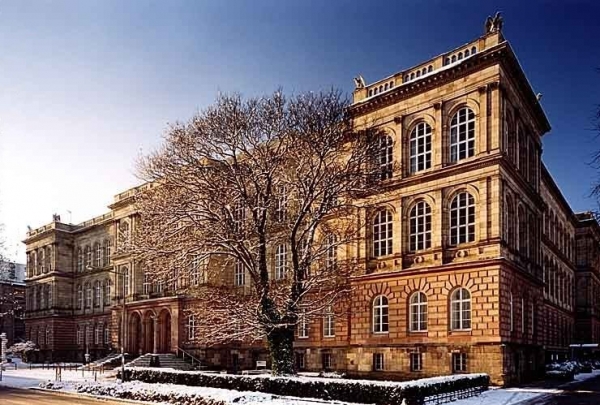https://www.rwth-aachen.de/go/id/a/?lidx=1
Description
The RWTH Aachen University was founded in 1870 after Prince William of Prussia decided to use a donation to set up an institute of technology somewhere in the Rhine Province. Funding local banks and an insurance company meant that it was eventually located in Aaachen, so building work began in 1865 and doors opened to 223 students during the Franco-Prussian War. There was a strong focus on engineering and particularly the local mining industry. As Germany’s westernmost important city, Aachen is situated at the heart of Europe and very close to the Dutch and Belgian border, so RWTH Aachen – or Rheinisch-Westfälische Technische Hochschule Aachen – benefits greatly from a mix of cultures and languages. Although faculties of philosophy and medicine were introduced in the 1960s, it is still most famous for natural sciences and engineering – and, since 2014, has joined forces with the city to give a prestigious annual Engineering Award to a prominent figure in the field. The university has always had strong ties with industry, creating a European equivalent of Silicon Valley around it, and attracted exceptional levels of external funding to its researchers. For its size, Aachen is the dominant German city for university spin-off companies and offices of engineering firms. The world’s first wind tunnel and particle accelerator were both developed at RWTH Aachen. Major innovations created onsite include a pioneering aircraft made entirely of metal and a diesel soot filter. In its strategy for 2020, RWTH Aachen makes clear its commitment to interdisciplinary research, which, along with diversity, internationalization and natural sciences, forms one of the four core themes of the work being carried out at its research park. It also aims to be to the top German university of technology and one of the five best in Europe.
Specific details
Location
Templergraben 55, 52056 Aachen, Germany
